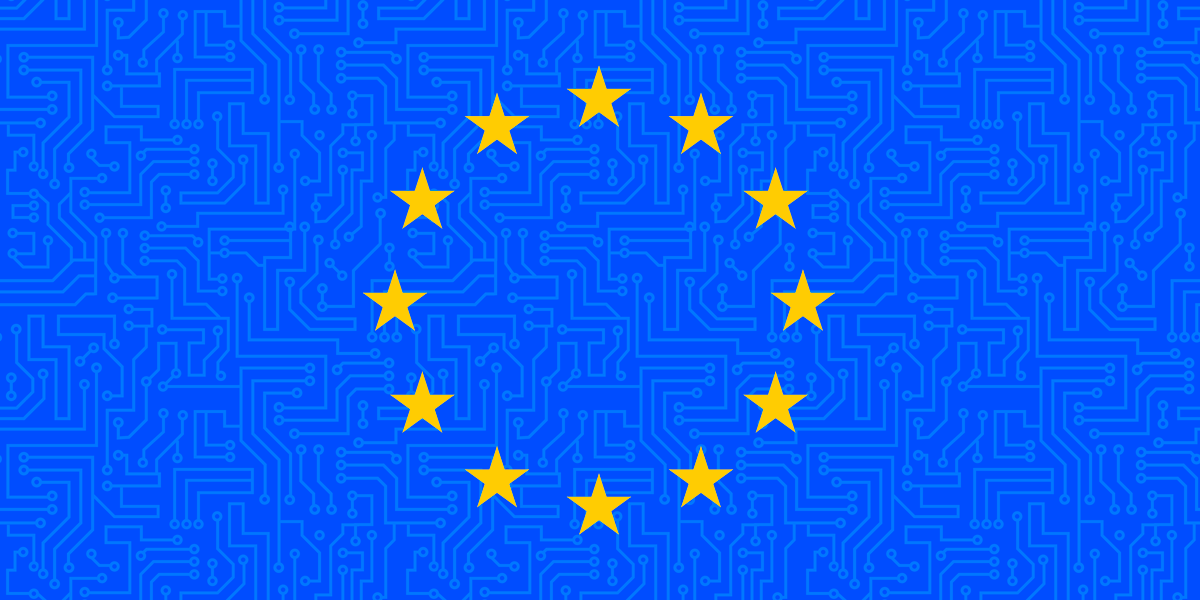After the European Commission held a public consultation on whether they should adopt what they call a “fair share” proposal, they unfortunately voted to move forward with this dangerous plan. This proposal is nothing but a network usage fees regime, which would force certain companies to pay internet service providers (ISPs) for their ability to deliver content to consumers. This idea not only hurts consumers, but also breaks a status quo that facilitated and continues to facilitate the rapid spread of the global internet.



Depends on how we define “best”. USB-C has the same weakness of micro USB of having “tongue” in the port. This is poor design and leaves ports prone to failure of this tongue gets damaged. I’ve seen this happen more than once with either from folk aggressively jamming charger cables in slightly misaligned or just wear & tear. Lightening on the other hand is a much more robust port design. The “tongue” is the cable with a hollow port. 1st party lightening cables are pure trash, which is itself a ewaste matter, but we’re talking port design.
Now every other aspect of lightening is inferior to USB 3 (important to note USB-C ≠ USB 3) , but by my needs it’s the “better” connector.
I don’t see how USB-C is objectively better at the charger end, unless we’re meaning the reversible nature at both ends which is… it’s good but it’s not “wow” (and neither is it “wow” with lightening).
I’m happy to be proven wrong, and I’m not going to get pissy if in 3-4 years my next phone is an iPhone with USB-C, it’s just the merits seem over-egged and I’d wager for the average, non-technical, user the benefits are minimal and potentially cause some minor confusions.